This article is part of a four part series on the ways to kick start your job hunt. To start this series from the beginning, read the introduction.
Today I want you to make a marvelous match. I’m not asking you to send flowers or get all romantic or anything (I don’t run that kind of site). Making a match is about how your strengths, skills, and qualifications match the requirements of a particular job or employer.
Figuring out your strengths, skills, and accomplishments is fabulously fun and entirely calorie-free. I wrote previously about touting your talents in How To Spot Your Strengths. Be sure to review this article and identify your strengths using the Skills Inventory Worksheet, ’cause you’ll need to know this essential information before making your match in this article. If you lose weight in the process, well, that’s neat too.
| Job Hunting Series: |
|---|
|
Why Match Skills?
Matching your qualifications to the requirements of a job is a very important step. Linking examples that demonstrate your experience, skills, and knowledge to the employer requirements helps you do the following:
- Decide if the job will showcase all your talents in a meaningful way.
- Visually see how you fit into the role.
- Tailor your cover letter and resume to the position.
Knowing the answers to the first two points is essential before applying for a job. If the position is not a fit for you, save yourself some time by finding another match-worthy position. The third point is most important when moving forward with your job application. By matching your skills to the job requirements, you will have a better understanding of why you are a good fit for the job and can customize a killer resume to land an interview. Also, you will have an easier time communicating your fit with prospective employers in a job interview.
Make Your Match: Worksheet
Use the Make Your Match worksheet to help you complete the following 3 Steps. I have included an example worksheet already filled out to help you along the way. I like samples and examples too.
Download Worksheet: match_worksheet.doc
Download Example: example_match_worksheet.pdf
Step 1: Job Posting
Use the first part of the Match Worksheet to enter the job posting you found earlier. Whenever I do this exercise I tend to edit out lots of extraneous employer marketing muckity muck and just focus on the important details. Employers tend to be long-winded with their job postings. Perhaps they think the more copy they write the bigger they sound? Whatever. Brevity is key in this step so just focus on the yummy bits and help yourself zoom in on the key qualifications.
Be sure to enter the employer address and recruiting contact person. These details will help you when creating your cover letter and resume later on.
Step 2: Company Information
Remember the employer research you gathered earlier in this series? Well, this is where you summarize it! Be sure to include information on company products, services, awards, and all the stuff that makes this company interesting to you. If you can’t find anything worthy or interesting, then perhaps reconsider applying for this job.
Step 3: Your Matching Skills Mix
This section is the fun part and requires you to boggle some brain cells.
- Under the column Employer’s Required Skills and Experiences, enter the job’s key points you listed from Step 1: Job Posting. Put each key point on a separate line.
- Under the column Your Skills and Experiences, start listing how your unique talents, skills, and qualifications match those required by the employer. This may take two minutes or two hours. So don’t be discouraged if you need to go for a little walk and consider things.
- Don’t be afraid to revisit your Skills Inventory Worksheet. Finding (and admitting) what you’re good at can be an iterative process. So be strong and revisit this exercise if you’re stumped.
Helpful Hint: When entering your skills and experiences, it’s very helpful to start each statement with a verb. Verbs denote actions and bring strength and meaning to the skills and qualifications you wish to match. Here are some verb examples to help you out:
- Wrote user manuals and training guides to meet customer needs.
- Created and produced interactive software training videos.
- Managed a team of 5 members.
- Liaised with media and placed several articles in the news.
- Planned and launched several communications projects.
- Developed, tested, and programmed a suite of tools in C#.
- Edited user documentation to meet corporate style guide requirements.
Now what?
Now you either love how your unique self matches with the job requirements or you see there’s probably a better job out there just waiting to be found. Doing this exercise could save you many hours of resume building and cover letter writing in the future. You may also spare yourself from taking a job which fails to play to your strengths and skills.
Initially I intended this series to be a five-parter. But honestly, I’ve said everything I’ve needed to say in four parts. Perhaps I’ll do another Career Calling series on building killer resumes and cover letters. 🙂

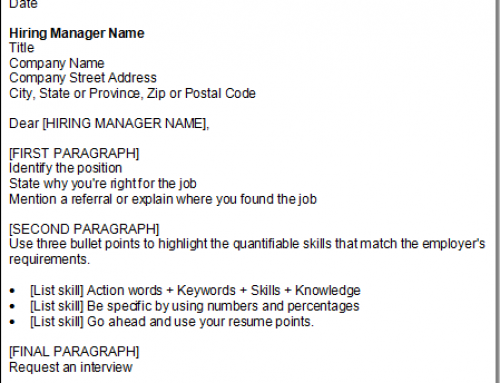
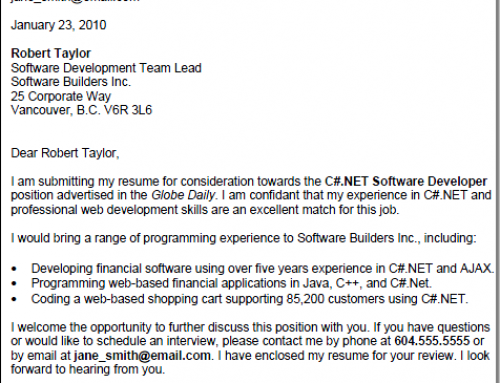
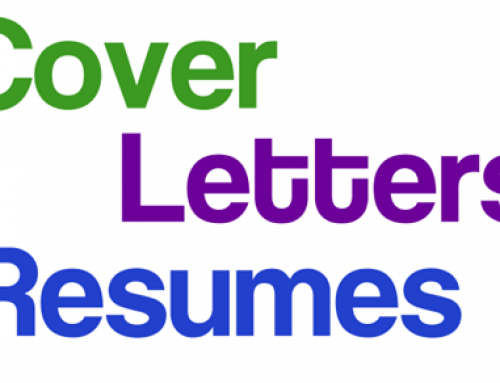
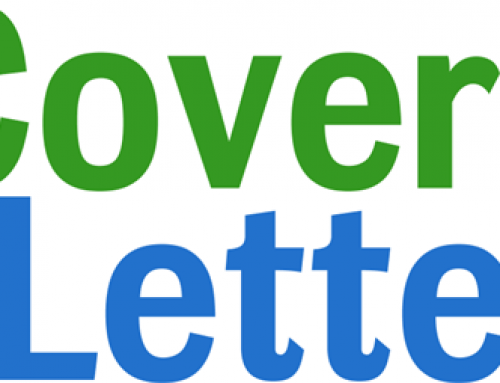
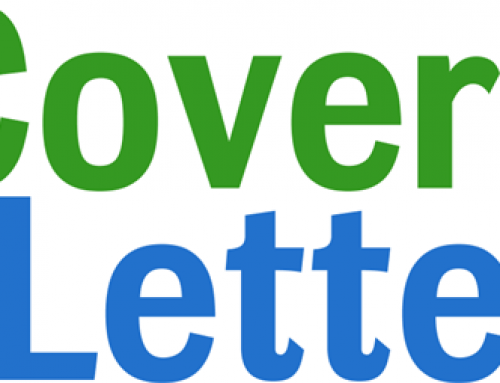
Excellent post! I wasn’t paying much attention to the “Job Hunting” series (because I have a “permanent” position with the federal government), but since I need to apply for the job I’m currently acting in, this posts is very useful to me!
@Quick Lunar Cop Thank you jumping in! I’m very happy to hear you find this series helpful. 🙂
[…] salary will fit, the position title fits, my current manager is aware of it, and my skills match; all was going well. So I sat waiting patiently assuming it to be 20-25% more with a 15% bonus […]
[…] has a good way to find your next job: Match Your Skills to Employer Requirements. I think too many people try to find the job that fits their skills instead of the other way […]
[…] How to Match your Skills to Employer Requirements […]
Fox,
So did you ever write that article regarding COVER LETTERS? I’ve written what I think is a Killer Resume, and now it’s time to write the cover letter that will make this sr. vice prez file 13 all other resumes!
Thanks,
Kim
Awesome article! I like that cute little attention getter phrases. I hope that I will be able to say soon, “I got the job!”
Just be careful that while you are matching your skills to employer requirement, do not include any skills that you are not really qualified. I see so many people just add key skills when they really do not have any expertise in that area.
Here is something no one wants to mention. Although I have a job, not the best job in the world making minimum wage in Rhode Island which really sucks, I am trying to get a different job that I actually enjoyed doing before this job. The jobs that I am after nothing fancy, nothing corporate, just basically a job that involves receiving or stocking shelves. The problem I come across is when I give someone a resume, I don’t have a huge skill set to write down. Well I am creative, I’m a good problem solver um I am very neat and organized and extremely anal about how I do things as far as I believe in being nice, being on time, I like to get my stuff done on time so I can get out the door when I need to be. I can’t stand Work drama which is probably why I don’t have a lot of friends in any of my jobs. So basically at my age which is 49, I’m a woman who wants to just do her job, do it well and get out the door. What kind of resume should I be raining? Should I even have a resume at all? Seems to me the jobs I’m looking for require a no skilled 18 to 22 year old looking for nothing more than minimum wage. I feel as though my age has a lot to do with why I get passed over for a lot of jobs also the fact lots of experience between retail and stock and the like. Am I wrong in this? What should I do. There is a job for your coming up next week and I want to know if I should even bother going and /or taking a resume